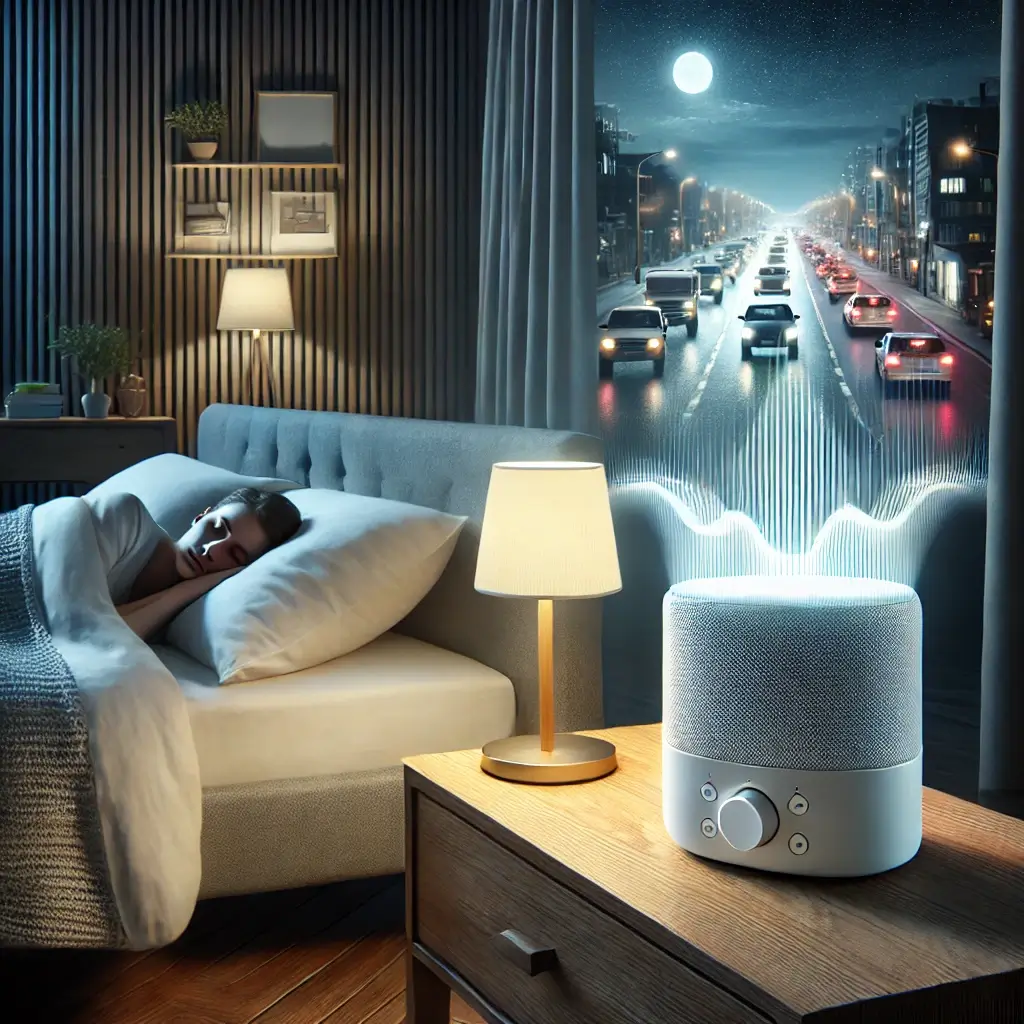The Critical Role of Sleep in Modern Life
In a world that never sleeps, the importance of rest cannot be overstated. Sleep plays a critical role in maintaining mental and physical health, yet its quality is under siege from factors like urban noise, lifestyle stressors, and inconsistent routines. Sleep deprivation affects millions, leading to cognitive decline, weakened immunity, and increased susceptibility to chronic conditions. With these concerns rising, white noise has emerged as an accessible and promising tool to address environmental noise disruptions and enhance sleep quality.
Understanding White Noise and Its Benefits
White noise is characterized by its uniform distribution of sound frequencies, which creates a consistent auditory backdrop. By drowning out sporadic disturbances such as honking cars, loud neighbors, or creaking floors, white noise helps maintain sleep continuity. Its utility is not limited to adults; infants and children also benefit, as studies suggest white noise may mimic the comforting ambient sounds experienced in the womb. However, while white noise is gaining traction as a non-invasive sleep aid, questions about its effectiveness and universality remain.
Introduction to White Noise Research
This article explores the intersection of science and practical application in white noise therapy. By delving into current research, user experiences, and expert recommendations, we aim to shed light on how white noise can fit into a holistic approach to better sleep.
Scientific Research and Evidence
White noise has been the focus of numerous studies aimed at understanding its role in promoting restful sleep. A landmark study in Sleep Medicine (2017) investigated the effects of white noise on infants exposed to nighttime disturbances. Researchers found that infants listening to white noise fell asleep more quickly and stayed asleep longer, underscoring its calming effect on this vulnerable population.
Adults, too, reap significant benefits. A 2016 study in Otolaryngology–Head and Neck Surgery examined white noise’s impact on urban dwellers subjected to environmental noise. Participants reported substantial reductions in nighttime awakenings and improved overall sleep quality. These findings align with the idea that white noise acts as a sound blanket, neutralizing disruptive noises that might otherwise fragment sleep cycles.
Emerging research has also begun exploring alternatives to white noise. Pink noise, for example, has garnered attention for its potential to improve memory consolidation during sleep. A 2020 study in The Journal of Sleep Research revealed that pink noise could enhance deep sleep stages, making it a compelling alternative for individuals seeking restorative sleep benefits.
Despite these promising results, individual responses to white noise vary. Some people report difficulty adjusting to the sound, particularly if they find it intrusive or distracting. Additionally, reliance on white noise machines may lead to dependency, making it challenging to sleep in its absence.
Implementing White Noise in Daily Life
Incorporating white noise into a nightly routine is simple and adaptable. Devices like white noise machines, smartphone apps, and fans can serve as effective tools. Here are some practical steps to maximize its benefits:
Start Small: Begin with low-volume settings and gradually increase to find a comfortable level.
Experiment with Types: Explore alternatives such as pink noise or nature-inspired soundscapes to identify what works best.
Set a Timer: If continuous noise feels unnecessary, use a timer to ensure the sound tapers off after you fall asleep.
For families, introducing white noise to children’s sleep environments can provide much-needed relief from household noise, making it a valuable resource for parents navigating bedtime challenges.
Final Thoughts on White Noise Implementation
White noise has carved out its place in the modern sleep toolkit, offering a straightforward and effective way to combat the chaos of a noisy world. Backed by research and easily accessible, it provides a non-invasive solution for individuals of all ages struggling with sleep disruptions. However, it is essential to approach white noise as part of a broader strategy that includes good sleep hygiene and a conducive sleep environment.
While further research will refine our understanding of its long-term effects and optimal applications, current evidence suggests that white noise can significantly enhance sleep quality for many. By embracing this simple yet powerful tool, we can take meaningful steps toward reclaiming the rest our bodies and minds so desperately need.
Research Sources
Sleep Medicine. (2017). “The Role of White Noise in Infant Sleep Quality.”
Otolaryngology–Head and Neck Surgery. (2016). “White Noise as a Tool to Mitigate Urban Sleep Disturbances.”
The Journal of Sleep Research. (2020). “Pink Noise: A Promising Alternative for Enhanced Deep Sleep.”
